Grayscale Investments has published its quarterly review, unveiling its top 20 crypto assets for Q1 2025. Each quarter, the Grayscale Research team evaluates “hundreds of digital assets” to guide the rebalancing of the FTSE/Grayscale Crypto Sectors family of indexes.
In the words of the research note, “Our approach incorporates a range of factors, including network growth/adoption, upcoming catalysts, sustainability of fundamentals, token valuation, token supply inflation, and potential tail risks.” The newest additions to the top 20 list are guided by three main market themes that Grayscale believes will shape the coming months: the US election and potential regulatory implications, rapid developments in decentralized AI, and the expanding Solana ecosystem.
Related Reading
While Bitcoin, Ethereum, Solana, Chainlink, Uniswap, SushiSwap, Aave, Bittensor, Optimism, Lido DAO, Helium, Arweave, Aerodrome and Akash Network remain on the the list, six new altcoins were added compared to the previous quarter. “We are adding the following six assets to our Top 20 list for Q1 2025,” the report states, emphasizing each project’s notable alignment with one or more of the aforementioned themes.
Best (New) Crypto Assets For Q1 2025
Hyperliquid (HYPE): A Layer 1 blockchain geared toward on-chain financial applications, Hyperliquid’s flagship product is a decentralized exchange (DEX) for perpetual futures. Built around a fully on-chain order book, HYPE seeks to capture the growing demand for advanced derivatives trading in a decentralized environment. Notably, HYPE has seen a meteoric rise over the past weeks, already claiming rank #19 on the list of the largest cryptocurrencies by market cap.
Ethena (ENA): Ethena protocol has introduced a novel stablecoin, USDe, backed by hedged positions in Bitcoin and Ether. As Grayscale explains, “Specifically, the protocol holds long positions in Bitcoin and Ether and short positions in perpetual futures contracts on the same assets.” A staked version of the token leverages the pricing differential between spot and futures markets, potentially offering a unique yield profile for participants.
Virtual Protocol (VIRTUAL): Operating on Base, an Ethereum Layer 2 network, Virtual Protocol enables the creation of AI agents designed to function autonomously. “These AI agents are designed to perform tasks autonomously, mimicking human decision-making,” Grayscale notes. The platform further allows for co-ownership of these agents via tokenization, bridging AI capabilities with blockchain infrastructure.
Related Reading
Jupiter (JUP): Jupiter has emerged as a leading DEX aggregator on Solana, recording the highest total value locked (TVL) among all Solana applications. With Solana’s user base broadening and speculation intensifying around memecoins and AI agent tokens, “we believe Jupiter is well positioned to capitalize on this growing market activity,” states the report.
Jito (JTO): Jito is a liquid staking protocol on Solana that has demonstrated strong adoption over the past year. Notably, Grayscale highlights the project’s substantial earnings: “Jito has experienced substantial growth in adoption over the past year and offers one of the best financial profiles in all of crypto, generating over $550mn in 2024 fee revenue.”
Grass (GRASS): Grass rewards users for sharing unused internet bandwidth via a Chrome extension. “This bandwidth is used to scrape online data, which is then sold to AI companies and developers for training machine learning models,” according to Grayscale. The project monetizes web scraping by redistributing rewards to users who contribute their idle bandwidth.
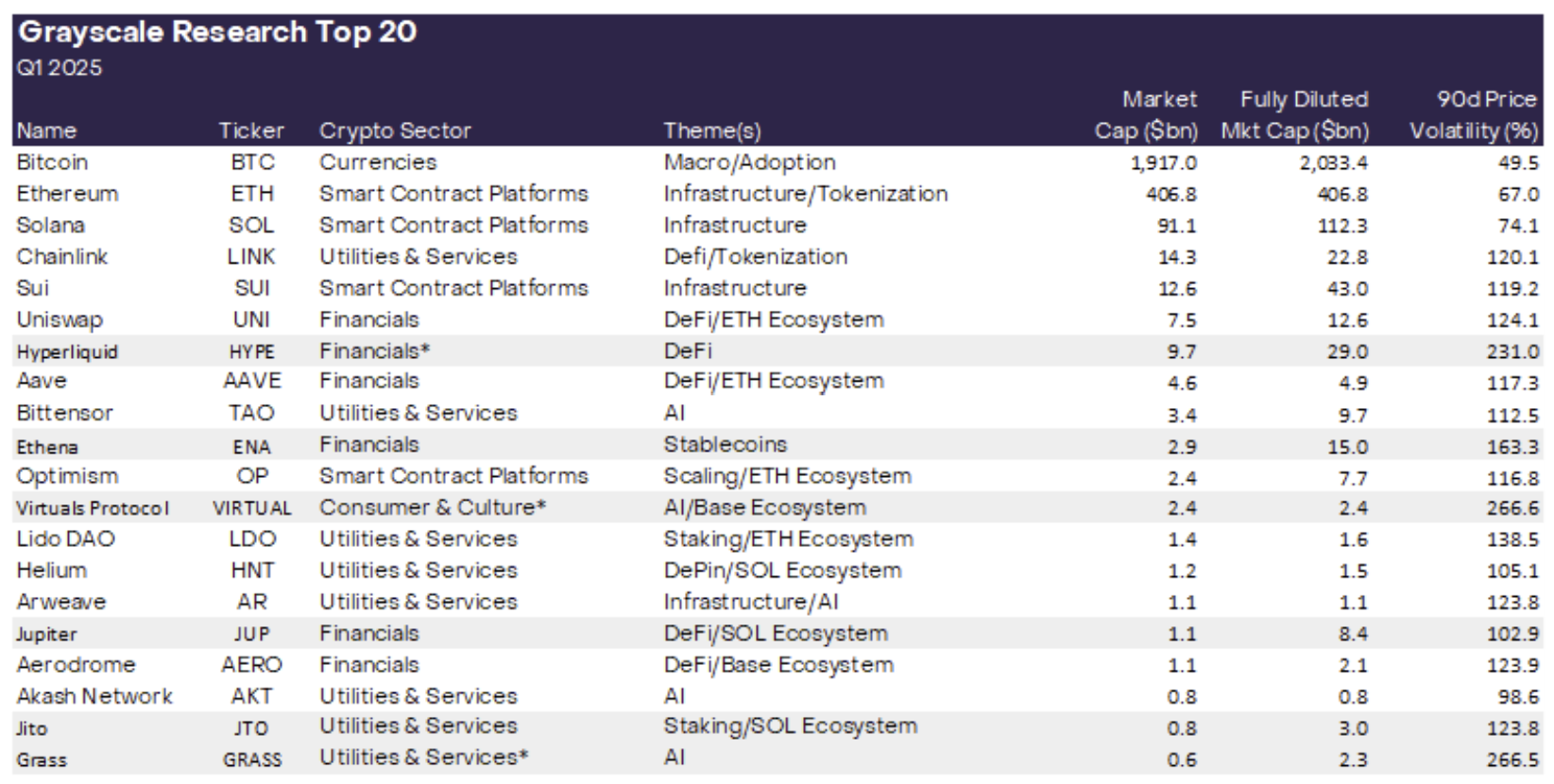
Furthermore, Grayscale notes that it continues to be “excited about themes from previous quarters such as Ethereum scaling solutions, tokenization, and decentralized physical infrastructure (DePIN).” Examples of these established themes include Optimism, Chainlink, and Helium, which remain in the Top 20 due to their alignment with scaling, tokenization, and DePIN use cases, respectively.
Notably, six assets—NEAR, Stacks, Maker CELO, UMA, and TON—have been rotated out of the Top 20 list this quarter. “Grayscale Research continues to see value in each of these projects, and they remain important elements of the crypto ecosystem. However, we believe the revised Top 20 list may offer more compelling risk-adjusted returns for the coming quarter,” Grayscale notes.
At press time, HYPE traded at $29.45.
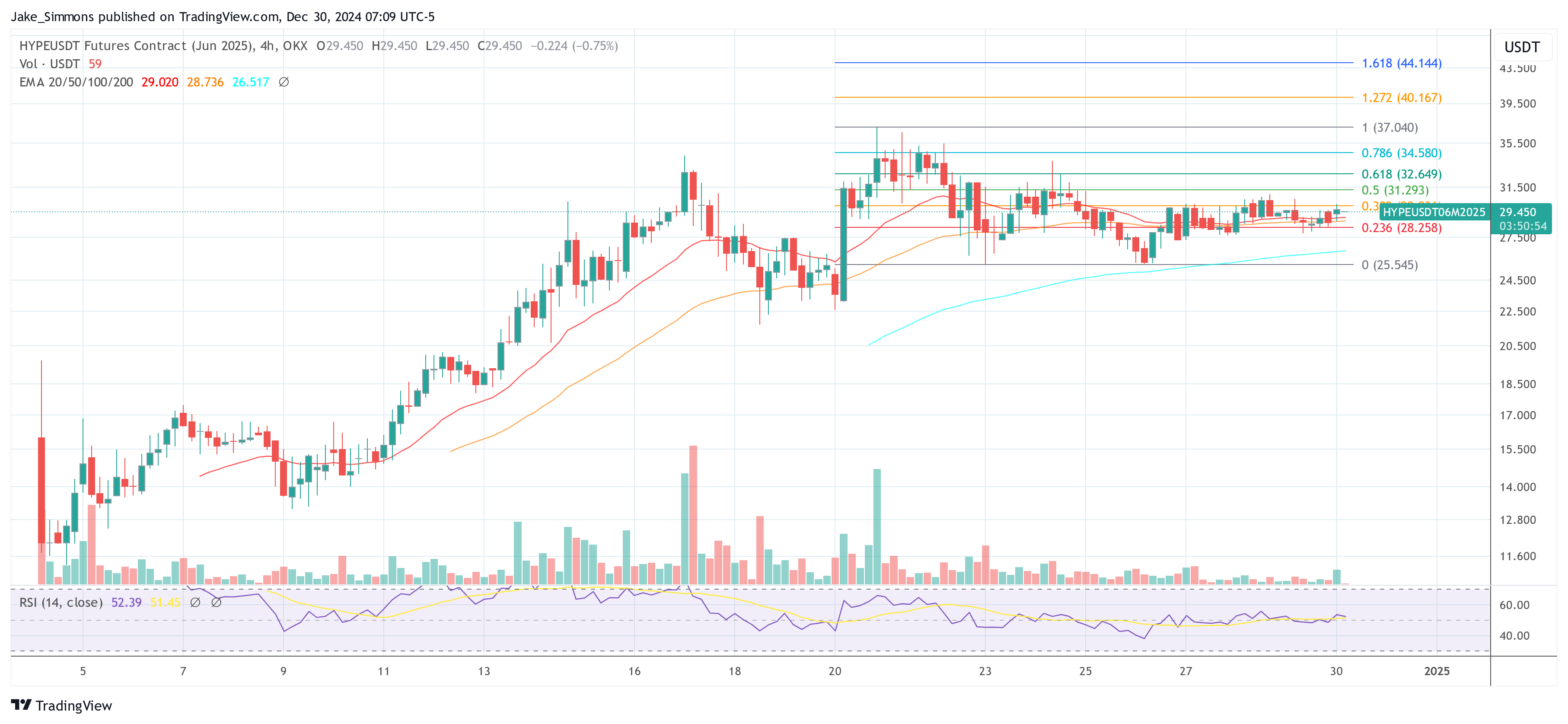
Featured image created with DALL.E, chart from TradingView.com
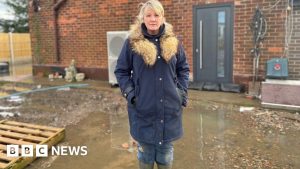





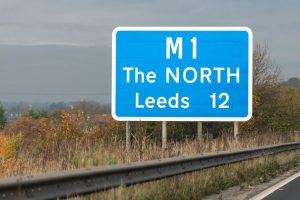
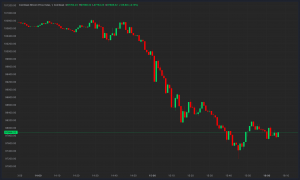





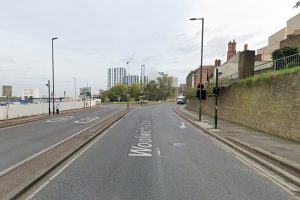
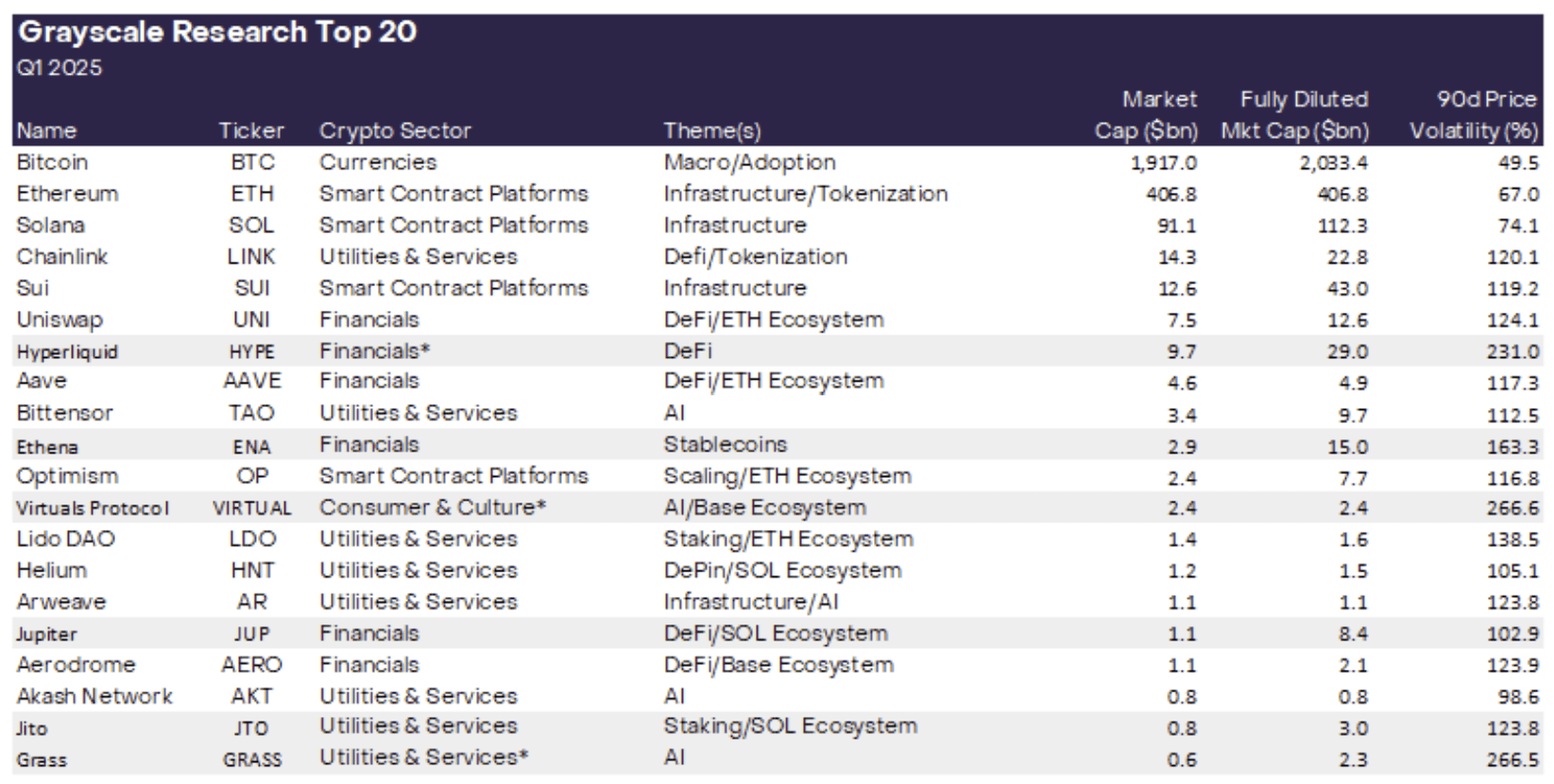

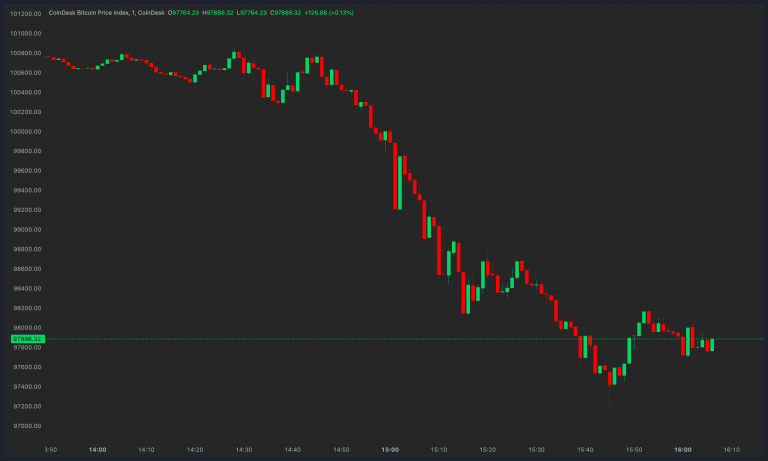
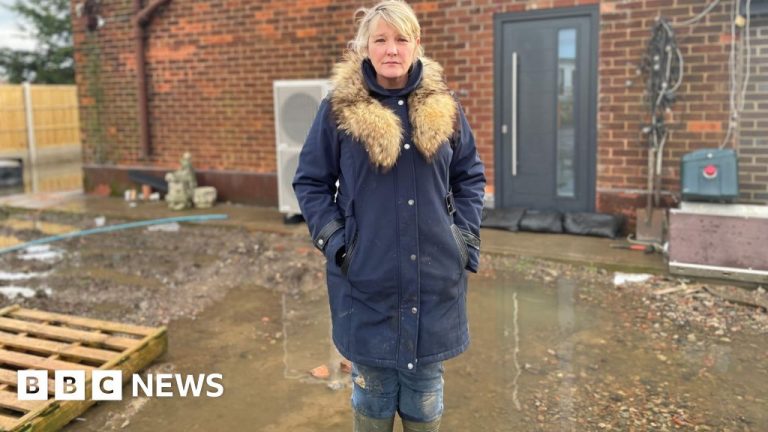

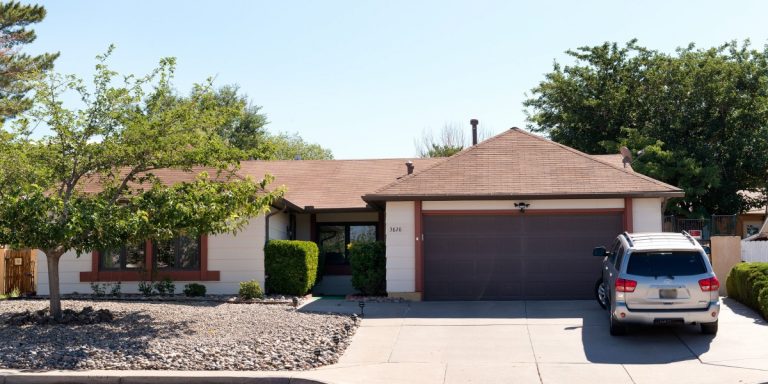

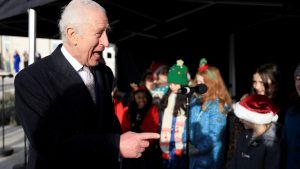

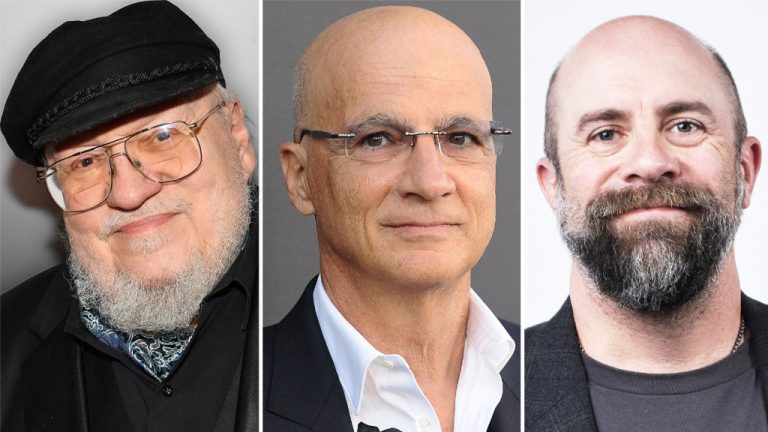
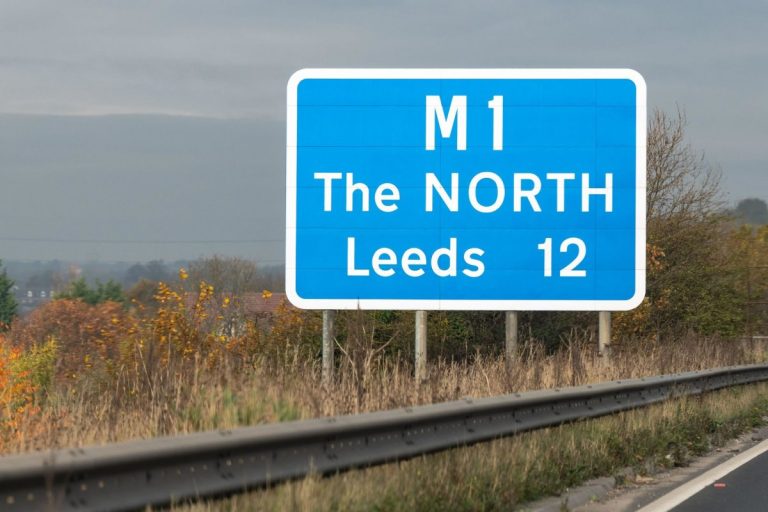
+ There are no comments
Add yours